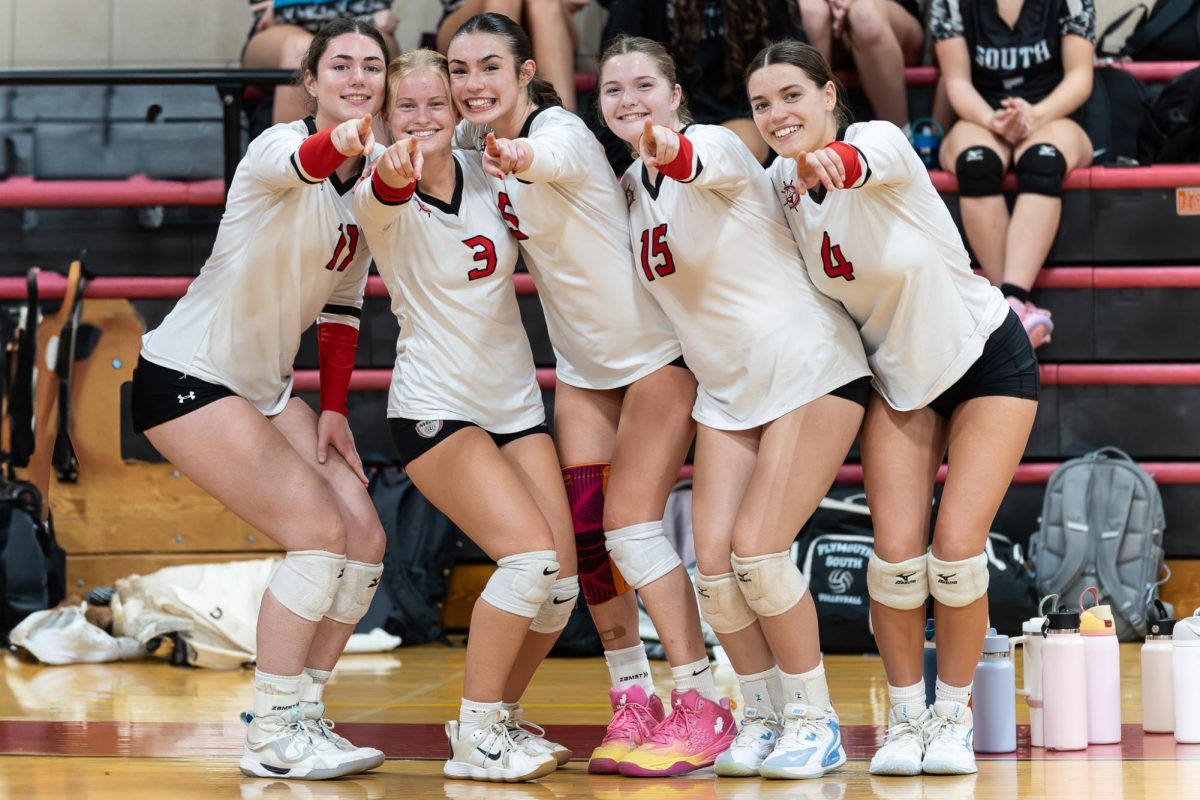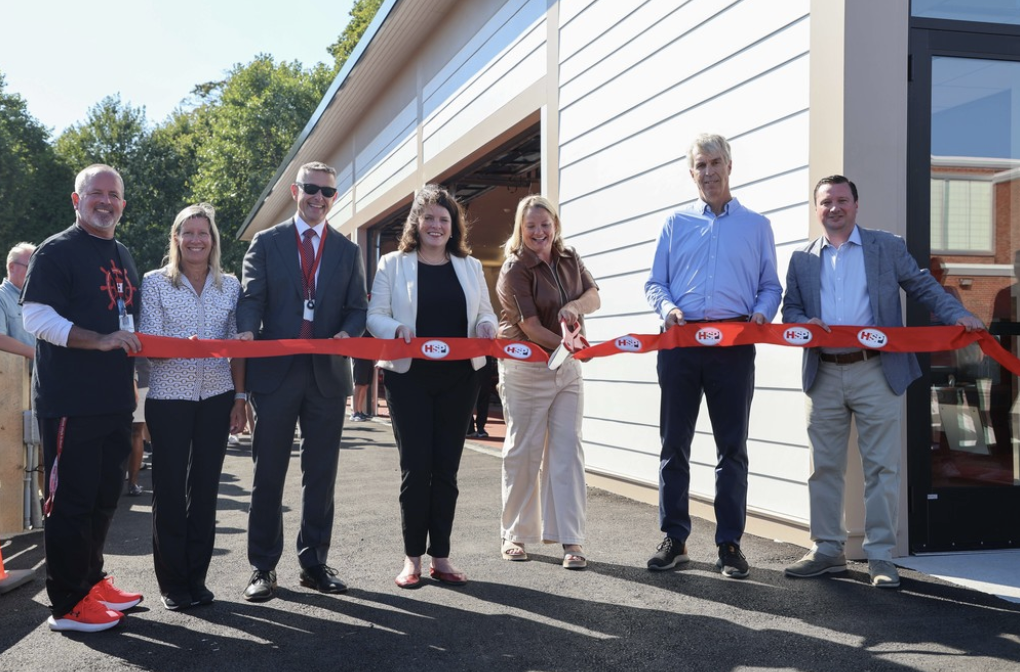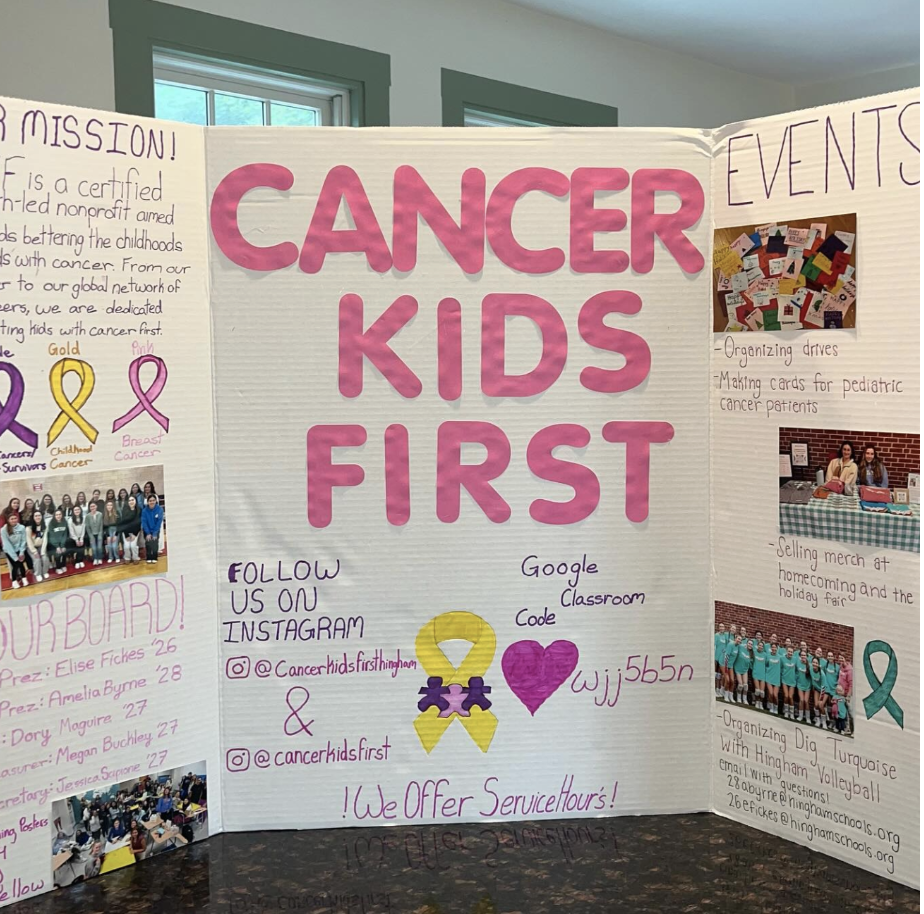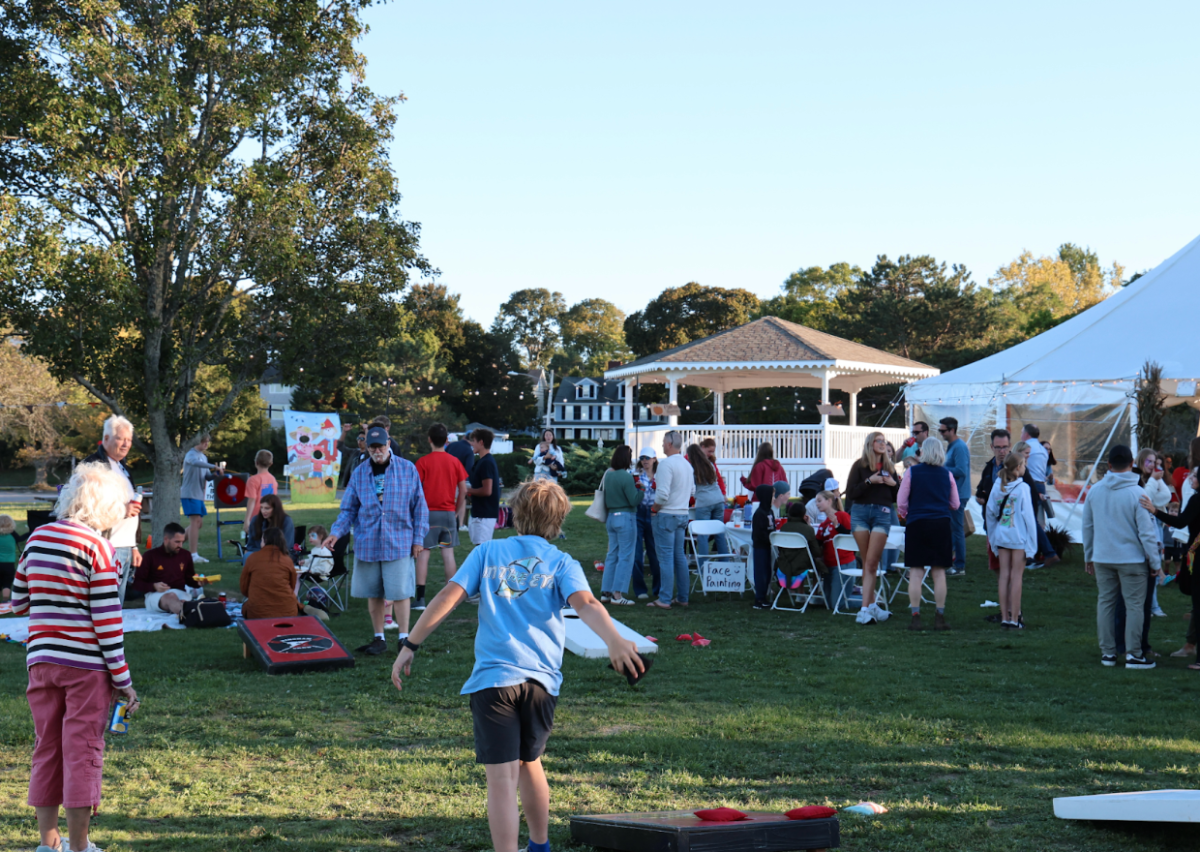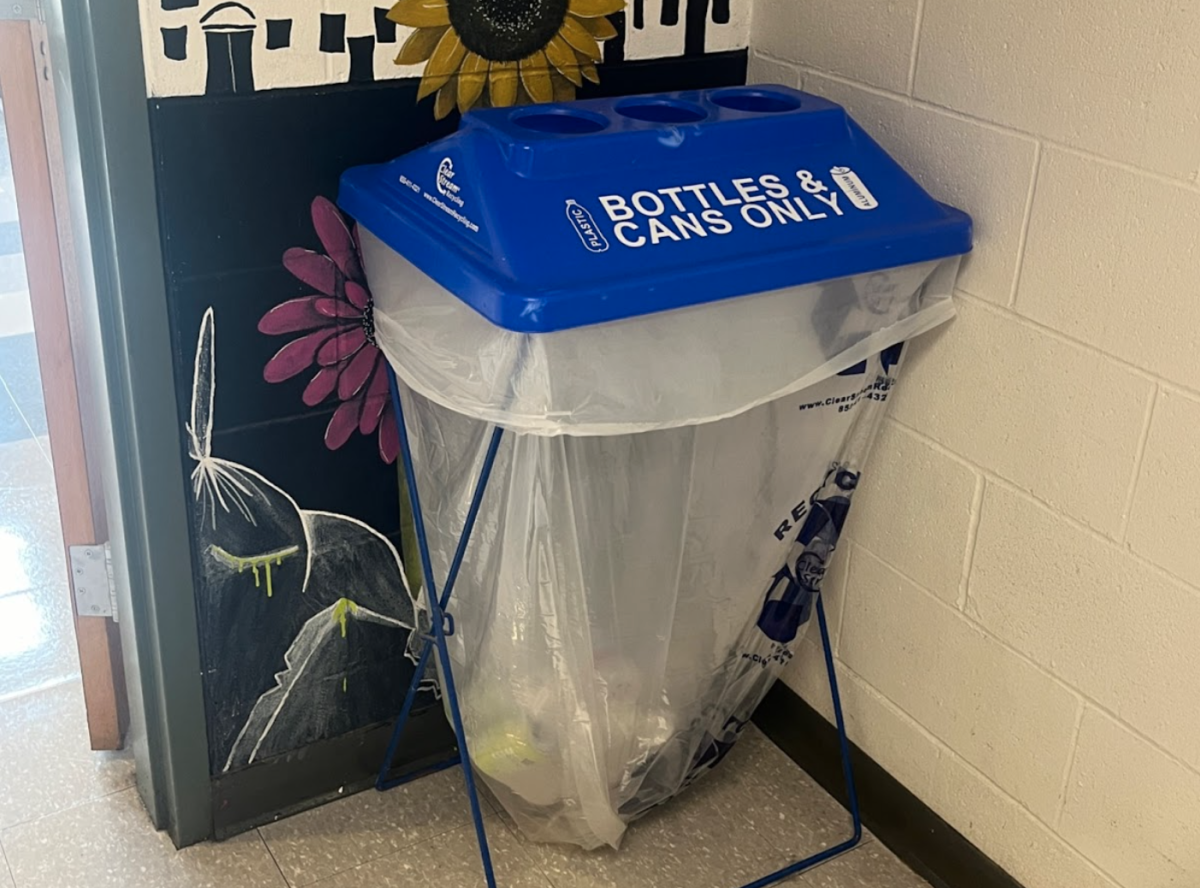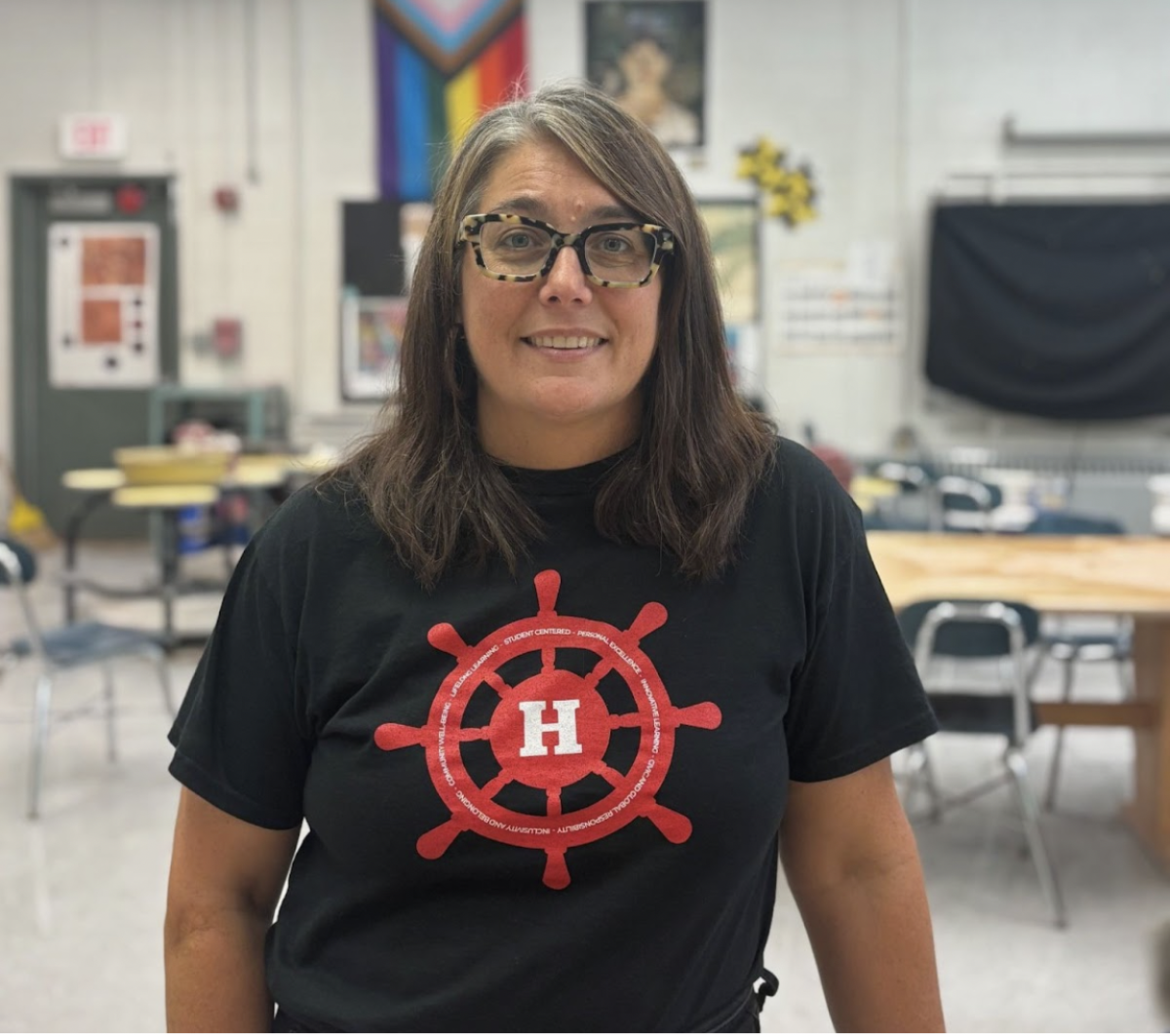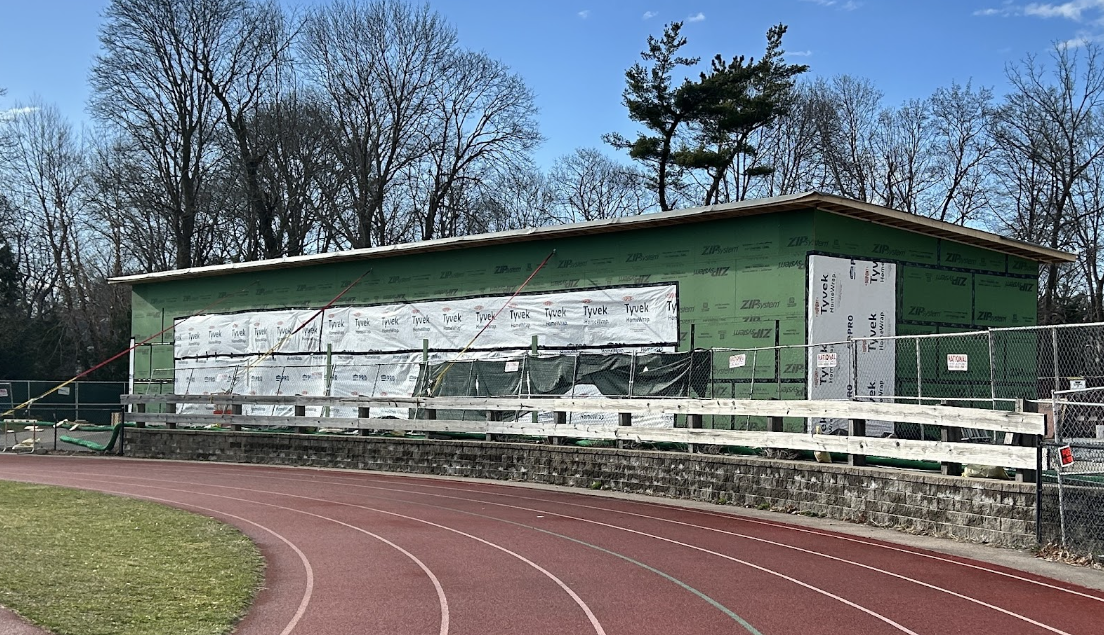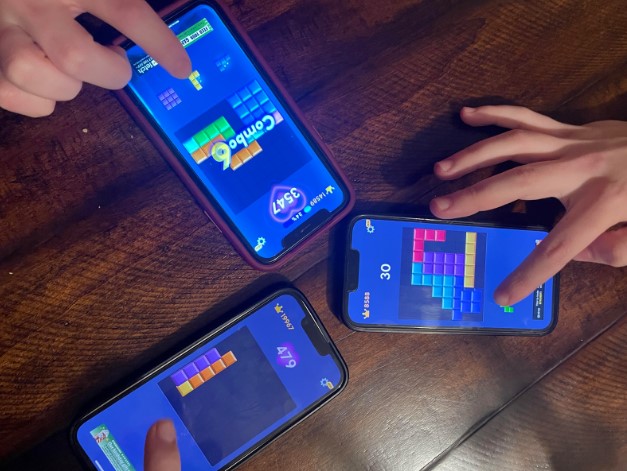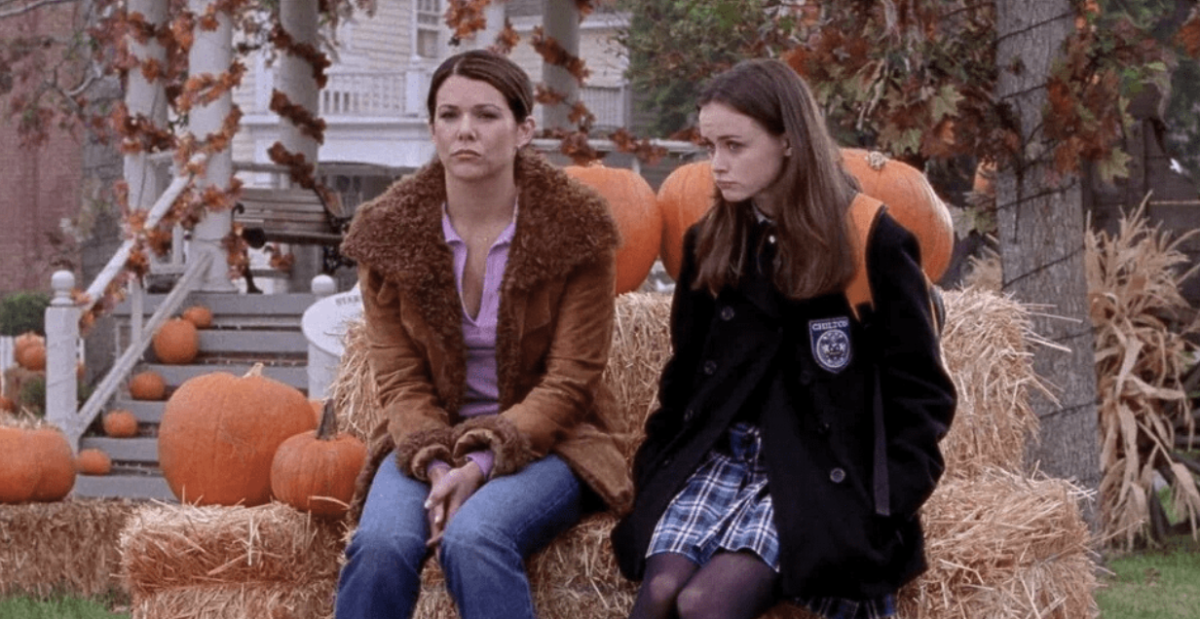At a critical point in brain development, teenagers must navigate a four year academic journey, bringing them closer to finding their own identity while also putting them on the path to their future. High school can be an amazing experience during the transition into adulthood. However, for many students, academic, social, and athletic pressures can lead to mental health issues.
To gain insight into the recent mental health trends in our own student body here at HHS, I reached out to the adjustment counselors, Mr. Lalli and Ms. Hoguet. Along with the school’s guidance counselors, the adjustment counselors play an important role as licensed mental health clinicians who are available to support any student, along with the school’s guidance counselors.
In a typed response to my online interview, Mr. Lalli and Ms. Hoguet expained that some of the trends that they have noticed include an increase in depression and anxiety “to the point that students are having trouble coping during the day.” Mental health struggles have also been affecting attendance, resulting in more absences. There has also been an upward trend in the “need for more intensive treatment, resulting in students being out of school for periods of time.” A more general concern has been “a reduction in resilience and problem-solving.”
I also reached out to Ms. Beatty, one of the Health teachers. She not only has experience as a teacher, but she also focuses on mental health as a large and important part of the Health curriculum. She connects some of the trends that she’s seen to recent events. “In general I think we are still recovering from Covid, where we saw a lot of mental health struggles and isolation.”
The two year pandemic was jarring for many and the social seclusion it forced could have lasting effects on anyone, but especially young people. From a teaching perspective Ms. Beatty notes, “I see students who have difficulty connecting and perhaps feel lonely. It seems students are not willing to put themselves out there, or even just share in class, almost as if they are afraid of making a mistake. I wish students would spend less time on their phones and more time with each other.”
Certain fears and anxieties can create a vicious cycle of isolation, reducing participation which can sometimes lead to more problems that generate stress. Ms. Beatty emphasized that high school can be a great opportunity, not just a challenge. “Practice building relationships while you’re here and there are so many opportunities to meet other students.”
It is important for students to remember to take advantage of the resources available during this time because there are tools that not only provide guidance during this time, but they can also lead to positive strategies for the future. Both Ms. Beatty and the adjustment counselors emphasized the network of trusted adults here at HHS as a great resource for students who may be struggling.
“Teachers can support mental health through the environment in the classroom – encouraging positive thinking, helping students cope with stress, and allowing for pauses in the day to reset. They can also be the first person to notice if a student is struggling and can refer them to counseling for support, reach out to parents and check in with the student themselves,” explained Mr. Lalli and Ms. Hoguet.
When asked about the role teachers and staff play in supporting student mental health, Ms. Beatty explained that “In general, all staff support the students by providing a safe space to reach out for help. We really want to help, so if someone is struggling they should talk to their teachers if the source of their stress is academics. If a student is stressed out about class work they should speak up, their teachers can help make a plan for extra help or guidance to feel less overwhelmed.” She stressed that support can begin with the staff here at HHS, “Students should reach out, we’re here to help.”
There are multiple, widespread initiatives meant to provide additional support for students. One initiative is Universal Screening. Every student is given a brief survey to find out their personal experience with stress and anxiety. Those with higher scores (indicating a higher anxiety level) are given a chance to talk to counselors and find the support they may need. There is also a newly introduced program outside of school called the Science of Well Being (SWell) which offers lessons on mental health coping strategies for students.
The free, eight week online Yale course features a series of online lessons adjacent to the weekly discussions and activities about each lesson. I asked one of the leaders of SWell, Vanessa Webb, why she started the program and why it was necessary. “Highschoolers are navigating a lot of challenges: loneliness and social disconnection (that started even before Covid), constant comparisons from social media, intense academic pressure, loaded schedules, and getting less sleep. We’ve seen this in data from the annual YRBS survey, as well as national news headlines. High schoolers need information and tools to help them navigate the stress, difficult emotions, and negative thoughts that are a normal part of life – but if unsupported can lead to mental health issues. Science tells us that well-being is a set of skills that can be learned – not just something you have or you don’t depending on your biology and circumstances. And skills for well-being are probably the most useful thing we can learn – no offense to algebra or history!”
Vanessa added that based on surveys, “100% of students said they took away helpful info they will use in their lives and 100% said they would recommend SWell to a friend.”
Many students also play a role in HHS’s support system through clubs, like Breathe Out club, SADD club and Mindfulness club. I spoke to Dillon Turner, a junior who is a member of the Breathe Out club, for more information about their contributions. She explained that “Breathe Out’s goal is to advocate for mental health awareness and showing students how to conquer difficult emotions either for themselves or their friends and family.”
Breathe Out club’s most well-known initiative is Breathe Out day. Breathe Out day is a school wide opportunity to take breaks throughout the day. Many classes spend time outside to enjoy fresh air and time with friends. Dillon shared that “I believe that Breathe Out Day has a large impact because students learn what it means to take a break. I also think that the table we had on Unity Week was a good activity to get students more involved. We had them write down an idea for mental health care and in exchange they received a free bracelet, pin, or munchkin!”
Dillon also pointed out how Breathe Out club is a way to combat current mental health issues. “Students are under a lot of pressure and get stressed due to that pressure. I believe that not enough people are comfortable talking about their emotions and I hope that Breathe Out can teach people how to break down their mental stigma surrounding being vulnerable. I would love to see students seek out Breathe Out Club members as a resource to help them feel better!“
SADD club is another helpful organization that focuses on preventing harmful behaviors which often align with mental health struggles. Sophomore and member of SADD club Isabel Klein explained, “[SADD club’s goal] is to encourage students to make better decisions for their well being, including their mind and body. Overall, we hope to improve each kid’s mental health which will be reflected in their future success.” Amazingly the club has grown from six members to now over 100 students who participate. The club expands its message beyond the high school, selecting some members to give a presentation to middle school students to educate them on how to avoid harmful decisions.
Concluding my interviews, I asked both the adjustment counselors and Ms. Beatty what advice they would give to a student currently struggling with mental health. The adjustment counselors highlighted the importance of reaching out for the support that the high school provides. Ms. Beatty suggested that “the biggest thing is that they should make other people aware how they are feeling…their family, friends, counselors, coaches, whoever they feel comfortable talking to.”
In addressing students that may be experiencing mental health struggles, Ms. Beatty said, “You really will feel better getting it out and sharing with others who can support you. It will absolutely get better, don’t keep it inside. Don’t be afraid of trying lots of resources to see what works for you.”
Some helpful resources for students:
https://www.hinghamschools.org/o/hps/page/hhs-counseling
https://www.hinghamschools.org/o/hps/page/social-emotional-wellness






